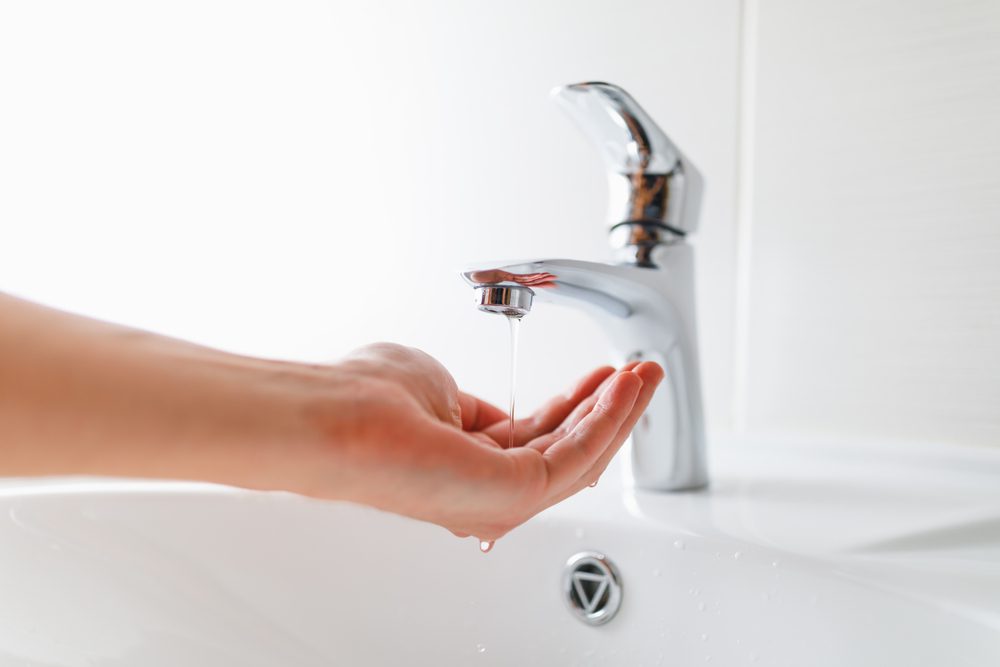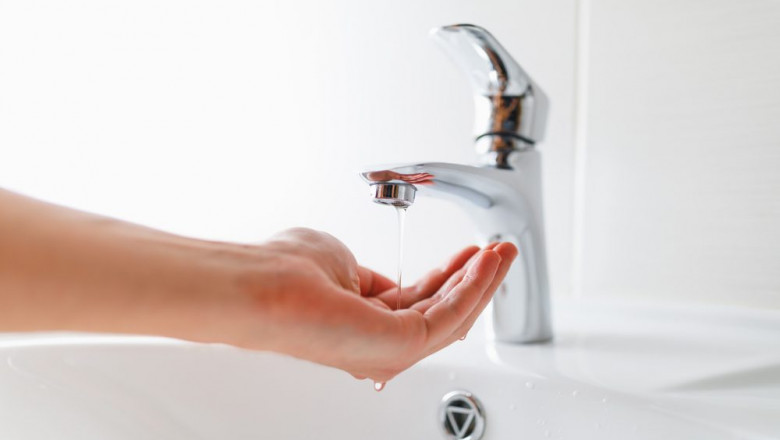views
Low water pressure can be a frustrating problem for homeowners. It can impact everything from your shower experience to the efficiency of your washing machine and dishwater. If you're experiencing low water pressure in your home, it may be caused by a variety of factors. At Plombier Repentigny, we’ve encountered many common causes for low water pressure, and we’re here to help you understand what might be causing it and how to fix it.
In this article, we'll explore the top 5 causes of low water pressure in your home, helping you identify the issue and take the necessary steps to resolve it.
1. Clogged Pipes and Fixtures
Over time, minerals, debris, and sediment can accumulate inside your pipes and fixtures, creating blockages that restrict water flow. This is one of the most common causes of low water pressure in older homes or homes with hard water. Mineral buildup can occur in both hot and cold water lines, particularly in areas where water has a high mineral content, such as calcium and lime.
How It Affects Water Pressure:
The buildup inside your pipes or faucets creates resistance, which can slow the water flow and cause the pressure to drop. It may feel like the water is coming out in weak streams, or you may notice a significant decrease in water pressure when multiple fixtures are in use.
Signs You Have Clogged Pipes or Fixtures:
- Reduced water flow from faucets or showers
- Water pressure drops when multiple fixtures are turned on
- Unusual noise, like gurgling or rattling, from pipes
- Hard water stains around faucets and showerheads
How to Fix It:
To address mineral buildup, you may need to clean or replace faucets, showerheads, and aerators. If the clog is deep within your pipes, professional intervention may be required. A plumber can use specialized tools like a drain snake or high-pressure water jets to clear the blockage and restore proper water flow.
2. Leaky Pipes
Leaks in your plumbing system can also be a significant cause of low water pressure. When pipes leak, they release water before it reaches your fixtures, resulting in a noticeable drop in pressure. Leaks can occur anywhere in your system, from hidden pipes behind walls to visible pipes under sinks or in the basement.
How It Affects Water Pressure:
A leak causes water to escape from the system, meaning less water is available to flow to your taps and showerheads. This can lead to inconsistent or low water pressure throughout your home.
Signs You Have Leaky Pipes:
- Wet spots on walls, floors, or ceilings
- Water stains or discoloration on walls or ceilings
- Damp or musty smell near your plumbing fixtures
- Unexplained increases in your water bill
How to Fix It:
Locating the source of the leak is essential to fixing the issue. If the leak is hidden behind walls or floors, a plumber may need to use advanced tools like thermal imaging cameras or leak detection systems to find and repair the damage. Once the leak is identified, the plumber will either repair the affected section of the pipe or replace it entirely to restore proper water pressure.
3. Faulty Pressure Regulator
If your home has a pressure regulator installed, it could be malfunctioning and causing low water pressure. A pressure regulator controls the amount of pressure in your plumbing system, ensuring that water flows at a safe and consistent rate. If the regulator is damaged or worn out, it may reduce the water pressure, even if the incoming water supply is at a normal level.
How It Affects Water Pressure:
A malfunctioning pressure regulator can cause the water pressure to drop to unsafe levels. In some cases, it can cause water pressure to be too high, which could lead to burst pipes or appliance damage. A faulty regulator is often to blame for sudden changes in water pressure.
Signs You Have a Faulty Pressure Regulator:
- Significant fluctuations in water pressure
- Low water pressure in the entire home
- Noisy pipes, especially when water is turned on or off
- Leaking water from the regulator or near the main water line
How to Fix It:
If your pressure regulator is malfunctioning, it may need to be replaced. A plumber will inspect the regulator to determine if it’s the source of the low water pressure and, if necessary, install a new one that ensures your plumbing system has the correct water pressure.
4. Corroded Pipes
Corrosion is a significant issue in older plumbing systems, particularly those made of galvanized steel or iron. Over time, these pipes can corrode due to age, chemicals in the water, and exposure to moisture. As the pipes corrode, the diameter of the pipe shrinks, and the water flow is restricted, which can result in low water pressure.
How It Affects Water Pressure:
When corrosion builds up inside pipes, it can cause partial blockages that restrict water flow. This can lead to low pressure in certain areas of the home or throughout the entire plumbing system. In severe cases, the pipes may eventually burst, causing significant damage.
Signs You Have Corroded Pipes:
- Rust-colored water coming from your faucets
- Water pressure is low throughout the house
- Pipes are visibly discolored or leaking
- Old pipes that are over 30-40 years old
How to Fix It:
Corroded pipes usually require replacement. A plumber can assess the condition of your pipes and recommend replacing galvanized steel or iron pipes with modern materials like copper or PVC. Upgrading to newer pipes will restore your water pressure and prevent future plumbing issues.
5. Water Supply Issues from the Main Line
Sometimes, the issue lies outside your home. If there are problems with the municipal water supply or the water main line running to your home, you may experience low water pressure. Issues like water main breaks, excessive demand in the neighborhood, or sediment buildup in the main line can affect the pressure of water flowing into your house.
How It Affects Water Pressure:
When the water supply to your home is restricted or interrupted, it can cause a drop in water pressure. This may be more noticeable during peak water usage times or after an incident in your area, like a water main break.
Signs You Have Water Supply Issues:
- Low water pressure only during certain times of day (usually when demand is high)
- Sudden drops in pressure after a local water main break or construction work in your area
- Unclear or discolored water, indicating issues with the water supply
How to Fix It:
If the issue is with the municipal water supply, you’ll need to contact your water utility provider to resolve the problem. In some cases, they may be able to repair the main line or adjust water flow to your area. However, if the issue is localized to your home’s plumbing system, a plumber will need to investigate and determine the best course of action.
Conclusion
Low water pressure in your home can be caused by several different factors, ranging from clogged pipes and leaky fixtures to issues with your pressure regulator or the main water supply. Understanding the root cause of the problem is crucial to finding an effective solution.
If you are experiencing low water pressure in your home, it's important to contact a professional plumber like Plombier Rive-Nord, who can accurately diagnose the issue and perform the necessary repairs. Whether the problem is a simple clogged pipe or a more complex issue like corroded pipes or a faulty regulator, we have the expertise to restore your water pressure and get your plumbing system running smoothly again.














Comments
0 comment